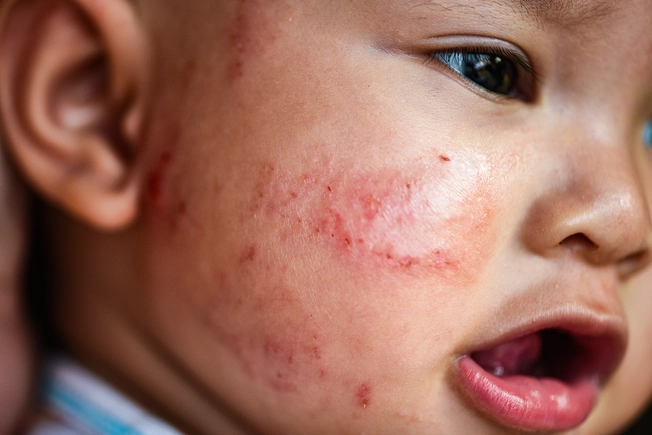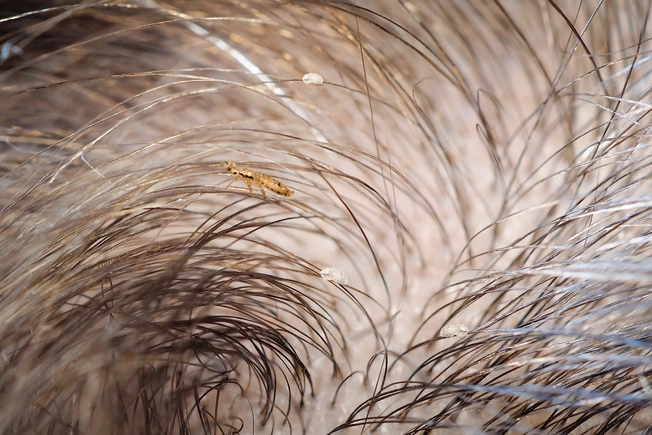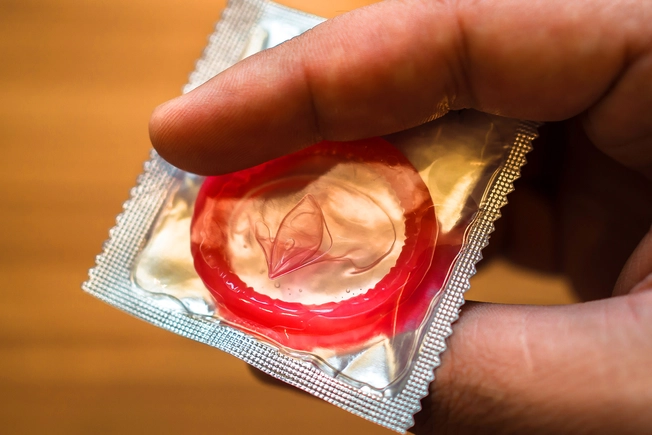Petroleum Jelly: Health Benefits and Uses


Helps Wounds Heal
Petroleum jelly hit the market almost 150 years ago. It’s still a favorite of dermatologists. That’s because it seals water into your skin. That’s good for your wounds because they need a moist place to heal. It may take up to twice as long for dry injured skin to get better. This oily moisturizer may also ease the redness of a new scar and lower your chances of infection. It also won’t burn when you put it on.

Relief for Eczema and Psoriasis
With some conditions, your skin may have a hard time keeping water in and bad stuff out. If it’s really dry, it could crack and let in bacteria. Petroleum jelly may help your skin and the medicines you take work better. It can ease inflammation and keep your skin moist. This can help you itch and scratch less.
To get the most out of your petroleum jelly, use it on your skin when it’s damp.

Help for Atopic Dermatitis in Babies
Petroleum jelly can relieve itchy skin in newborns and infants. If atopic dermatitis (eczema) runs in your family, petroleum jelly may be a low-cost way to help your child avoid it. You can start to use it on your baby’s skin about 3 weeks after they’re born.

It Can Kill Mature Lice, but Not the Eggs
Like mayonnaise, petroleum jelly is a home remedy for lice. Research shows it may kill adult lice. But it doesn’t keep the eggs, known as nits, from hatching. That means it’s not a good way to control lice. Instead, you should use a medicine that’s made to kill lice, called a pediculicide.

Blister Prevention
Before you head out for a run, rub some petroleum jelly between your legs or on your heels. It may keep you from chafing in areas that rub together. If you do get a blister, petroleum jelly on your sore can help it heal.

Diaper Rash Relief
Petroleum jelly protects the skin from outside stuff. That includes your baby's poop and pee. You can use it between diaper changes if your baby gets a rash. Dermatologists like it because there are no fragrances or preservatives. That’s good for babies' butts and parents' hands. And there’s no evidence that costly diaper rash creams work better than petroleum jelly. But that doesn’t mean you have to toss them. If you like the way a cream smells or feels, keep using it.

Hemorrhoid Help
Petroleum jelly may help you feel better if you have a hemorrhoid flare. You can add a layer inside your anal area to protect your sensitive skin. This may make it more comfortable to poop. You may itch and hurt less, too.

Windburn Prevention
Petroleum jelly can protect your skin against wind and cold. Just rub a thin layer on any area that might get exposed to the air. You can also dab a little under your runny nose if it gets dry. But you may want to avoid areas that are acne-prone. Petroleum jelly can trap bacteria and oil in your skin. That can make your breakouts worse.

Eye Moisturizer
The skin around your eyes is really thin. This means it can get bothered easily. A layer of petroleum jelly can give your eyelids some added moisture. It’s also a safe way to remove eye makeup. But try not to get any inside your eye. It’s not likely to cause an allergic reaction, but it could add bacteria.

Protection for Your Pet’s Paws
Rub a little petroleum jelly on your dog’s paw pads before you take them out for a winter walk. It can protect their feet from the cold and from salt on the sidewalks. This oily layer can also moisturize your pet’s skin if they have atopic dermatitis.

Nail Moisturizer
You don’t need costly creams to keep your nails in good shape. Petroleum jelly can hydrate all parts of your hands. If your nails are brittle, it can help fill in and smooth out some of the ridges and rough spots. If you get manicures a lot, you may want to dab some on after your next session. But make sure your nails are still a little damp first to seal in the water.

How to Avoid Greasiness
A little petroleum jelly goes a long way. But if you don’t want it on your fingers at all, use a small spatula to put on a thin layer wherever you want to use it. If you moisturize your hands or feet, just put on gloves or socks after. But keep in mind that oil-based products may stain fabric or carpet.

Can You Use It With Oxygen Therapy?
Some experts think you shouldn't use petroleum jelly while you’re on oxygen therapy because there’s a small chance the combo could start a fire if there's a spark. But there’s no evidence that this happens a lot. There’s another reason you may want to avoid using an oil-based moisturizer in your nose. It’s rare, but petroleum jelly could hurt your lungs. To be safe, try a water-based option instead.

Don’t Put It on Your New Sunburn
Oil-based products can keep heat inside your skin. If your skin is burned, it’s better to use aloe vera or soy-based products on it. And you’ll probably peel after a sunburn no matter what moisturizer you use. That’s because ultraviolet rays from the sun hurt the cells in your skin. A moisturizer can’t undo the damage. But it may help you heal faster and make your peeling less visible.

Don’t Eat It
In large doses, petroleum jelly can give you diarrhea or stomach cramps. It may make you throw up. Keep it away from kids and pets. You don’t need to worry if they get a little in their mouth. But if they can’t swallow or they cough a lot, call the poison control center at 1-800-222-1222.

Don’t Use It for Sex
It’s a bad idea to use petroleum jelly when you have sex. It could cause latex condoms to break. If you’re female, it might raise your chances of getting bacterial vaginosis. Try a water-based option instead.

There Are Natural Oil-Based Options
Petroleum jelly comes from a fossil fuel. If you’d like a natural choice, try pure shea butter, cocoa butter, or cold-pressed coconut oil. They may not stay on as well, but they’ll keep your skin moist.